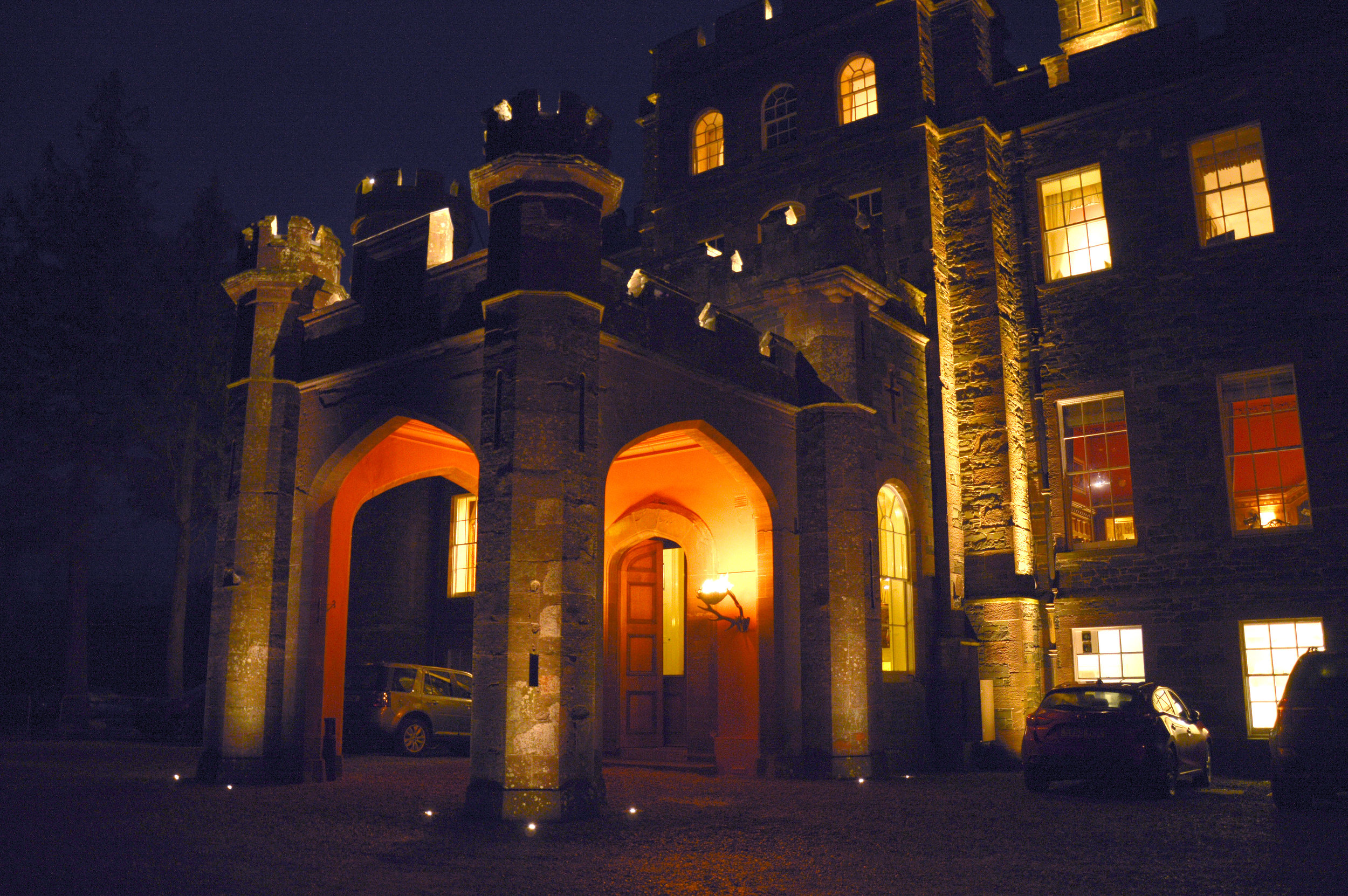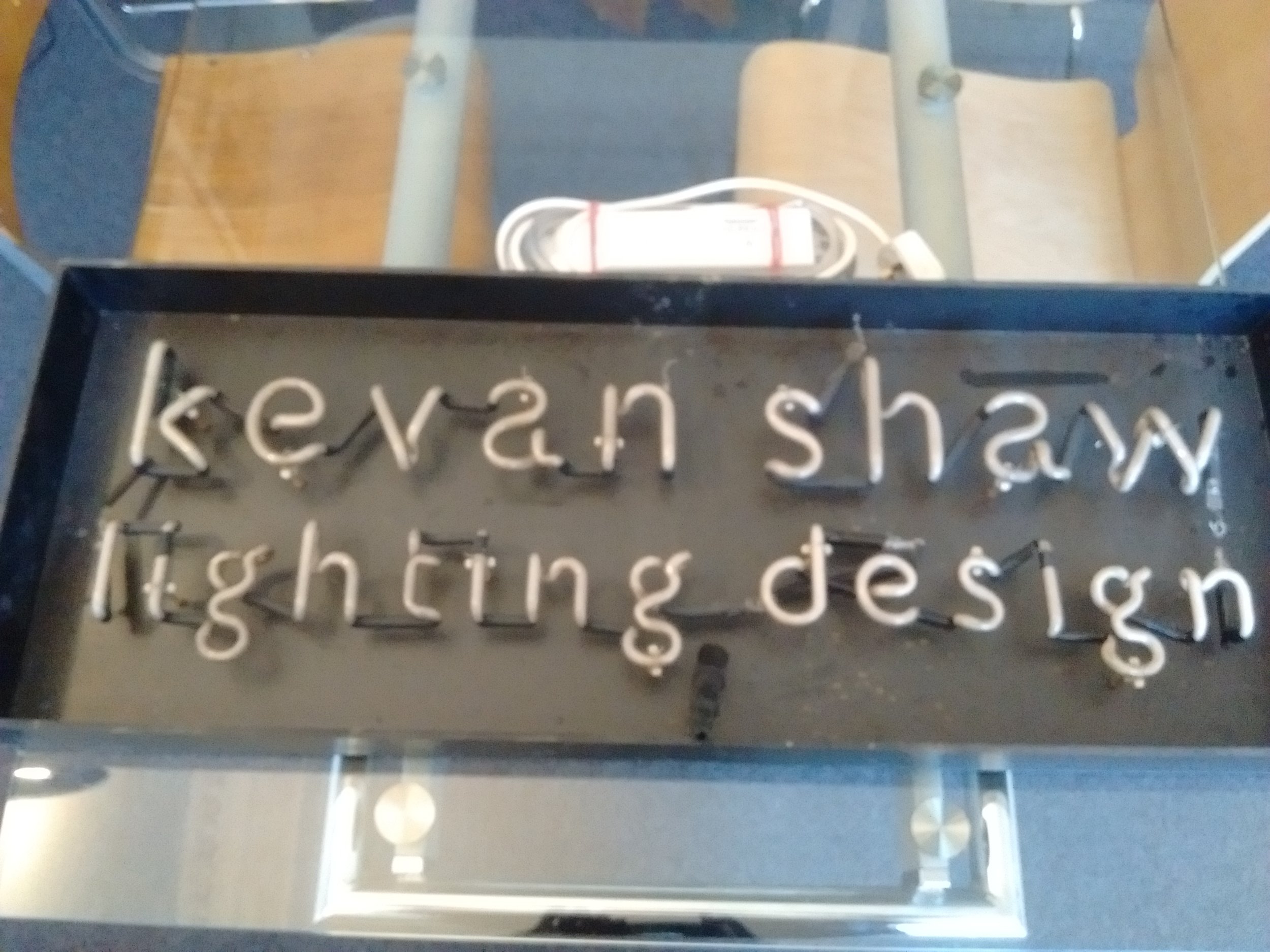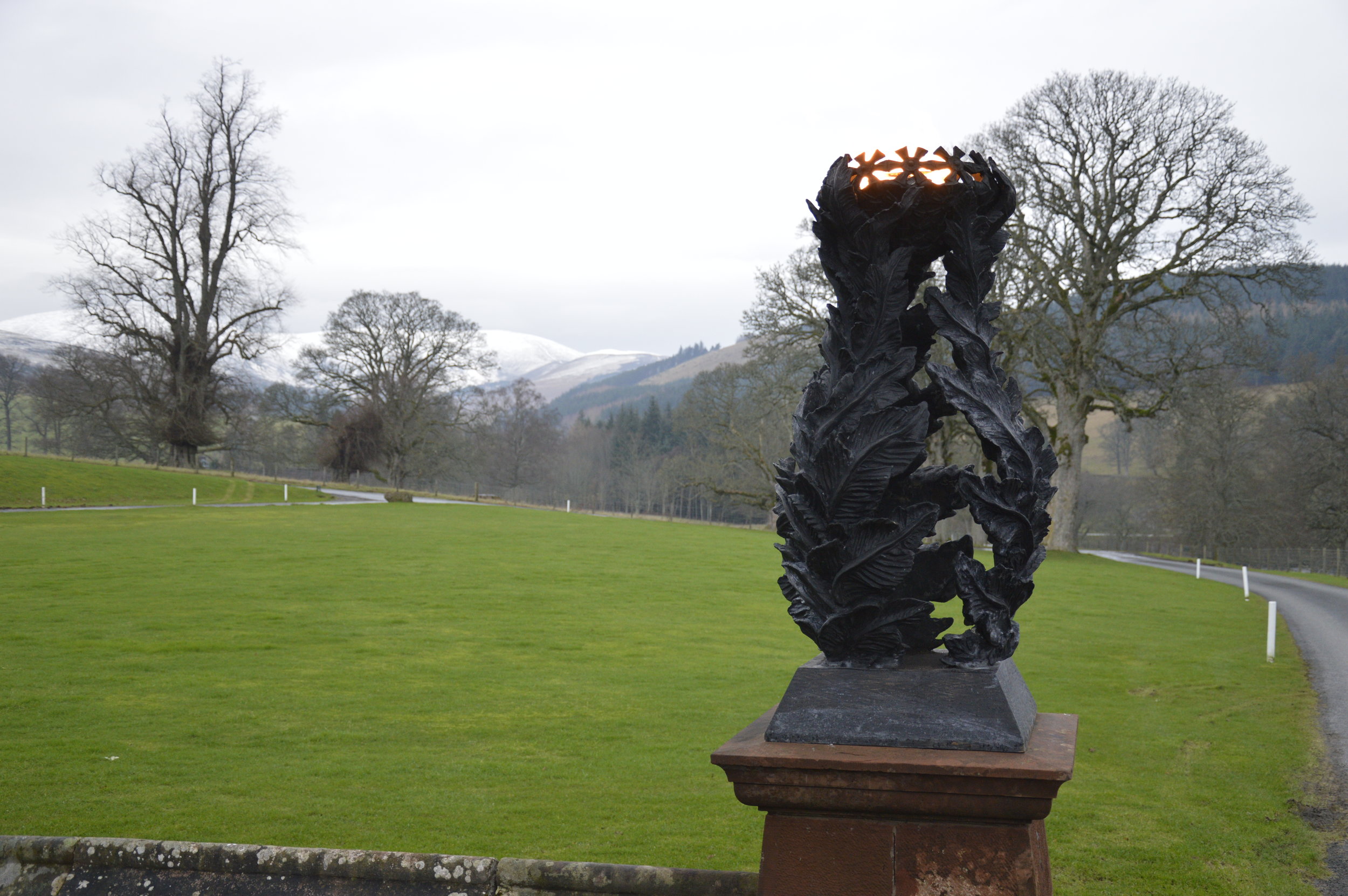When practising lighting design, a lot of focus is directed to make a functional lighting system for the users. To broaden our views we went to a lecture at the Royal Blind School in Edinburgh about how people with impaired vision uses lighting in their life and what the common struggles are. We met up with Sally Paterson who gave us a few captivating hours at the Royal Blind School. The focus for this visit was on the visual impairments that cannot be resolved using glasses. Issues with the health of the eye ball and the pathway between the eye and the brain where the things we learnt about.
What a scene might look like for a person with Cataract. A clouding of the eye’s lens that makes the vision appear blurry and fuzzy. The user are sensitive to glares, but a clear contrast is needed to navigate.
All the different kinds of visual impairment has their own affection on how the world is experienced and how information is collected. We cannot change these users eyesight, but we can plan and produce thoughtful installations to create an environment that values these differences in a public space.
Peripheral view vision fails over time and if untreated it can cause total blindness. The user requires more task lighting.
Sight is our most important sense for gathering information and learning about our surroundings. We can read faces for social interactions and find our way in a new space. When this sense is affected by one of the many visual impairments that exists, the person is forced to adapt to a world where these differences are not always planned for in rooms and spaces.
Early stage of this type of vision impairment often goes undetected. The vision gets blurry and objects appear distorted. The central vision gets lost over time. The user gets sensitive to bright lighting.
The most common problem for users with visual defects is that they need clear contrasts to navigate their way in a room. These contrasts can, as an example, be lines on the edge of steps in stairs that help them see where the steps are.
To keep contrasts on a surface visible it is important as a lighting designer to keep the general lighting levels at bay. To much light in a space can make it harder for most users with a visual impairment to see the surface contrasts. It can also in many cases cause a glare for the user. Lighting contrasts, such as light on a wall, can be used to guide a person in a space and help then navigate to their goals.
During our time at the Royal Blind School Sally made us familiar with different types of eye conditions and how a person experience the world with these. But the truth is that a person with a normal vision can only imagine and look at pictures of how the world looks with these conditions, and this is not always an accurate imagination or representation. To help us understand it more clearly we got to try out a few glasses that simulates different visual defects. We were then sent out on a tour of the building with a pair of these glasses on. Walking down stairs, entering rooms with different lighting levels and observe how much we could see with a dimmed lighting level compared to a normal and bright lighting level were a few things we got to experience with these simulated glasses.
The tour ended in the “Multi sensory room”.
In here there were different stations with lights, sounds and textures. The user can control what to start and shut off to create a the space and atmosphere they want. The room is used for relaxing, group activities, peer play and stimulation. Time spent in this room has shown to increase concentration, focus attention, improve alertness, awaken memories and creativity just to name a few.








